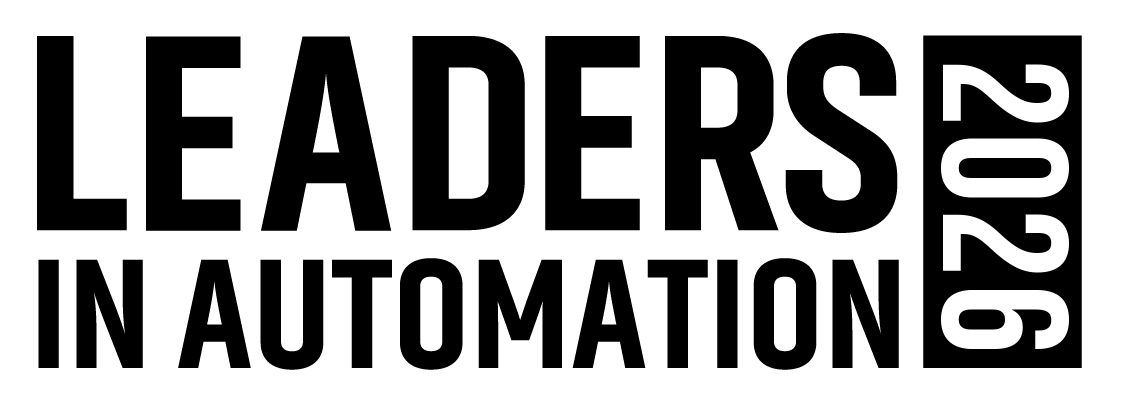Alarm Management Best Practices: Are You Following Them?
Respondents to the 2012 Alarm Management Survey primarily came from process industries like petroleum and utilities (52 percent). One-third work in discrete production operations, while 14 percent identify themselves as coming from “hybrid industries” like food and beverage and pharmaceuticals, which have high proportions of both continuous process and discrete production operations:
Alarm System Analysis - More than half of respondents (52 percent) said they do not perform an analysis of their alarm systems to determine its strengths and deficiencies, and effectively map out a practical solution to improve it.
‘Bad Actor ‘Alarm Resolution - Respondents were evenly split in their response to the question: Do you employ documented steps to address “bad actor” alarms (those relatively few alarms that typically compose the bulk of the alarm load).
Basic Alarm Philosophy - When asked if they employ the practice of creating and adopting an alarm philosophy which involves a comprehensive design and guideline document that makes it clear exactly how to do alarms right, only 53 percent responded affirmatively.
Alarm System Audit and Enforcement - Though it is well known that distributed control systems alarms can be easily changed by anyone with access to the DCS, only 52 percent of respondents said they followed any sort of method to ensure the alarm system does not drift from its rationalized state.
Alarm Overload Negatively Affects Process Operation - The one question on the survey that drew a clear positive majority response was the one that asked: Do you feel that alarm overload affects your ability to properly operate the process? Sixty-eight percent of respondents said yes.
Click here to read Automation World's in-depth article "Why Nuisance Alarms Just Won't Go Away".
About the Author
David Greenfield, editor in chief
Editor in Chief

Leaders relevant to this article: